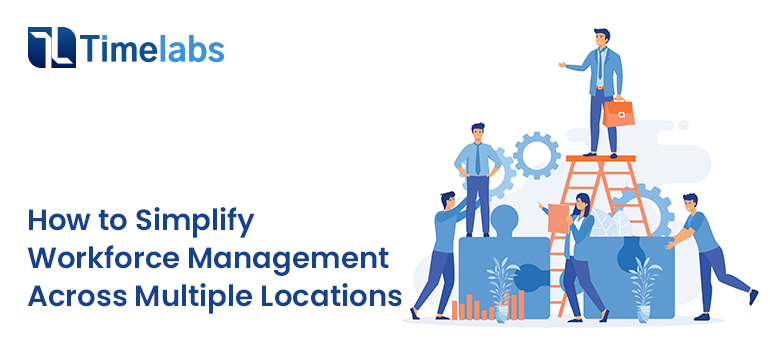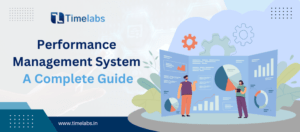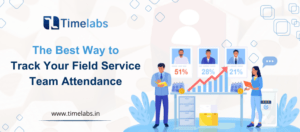Managing a workforce spread across multiple locations presents unique challenges for HR professionals and business leaders. Coordinating schedules, ensuring compliance, and maintaining consistent employee engagement across diverse sites require strategic tools and processes. By leveraging advanced HR technology, organizations can streamline operations and enhance productivity. This article outlines practical strategies to simplify workforce management, with a focus on automation, data integration, and employee-centric solutions, highlighting how Timelabs empowers businesses to achieve operational excellence.
Centralize Data for Seamless Oversight
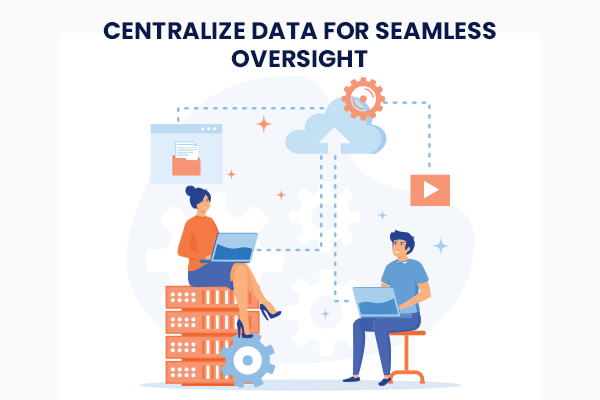
A centralized data management system is the foundation of effective workforce management across multiple locations. When employee information, attendance records, and performance metrics are stored in a single platform, HR teams gain real-time visibility into operations. This eliminates the need for manual data reconciliation between sites, reducing errors and saving time.
For instance, an Online Attendance System can consolidate time tracking data from all locations into one accessible dashboard. This allows managers to monitor attendance patterns, identify discrepancies, and ensure compliance with labor regulations without sifting through disparate records. By unifying data, businesses can make informed decisions quickly, ensuring consistency across geographically dispersed teams.
Benefits of Centralized Data
- Real-time access to employee information across all locations.
- Reduced administrative burden through automated data syncing.
- Enhanced ability to analyze workforce trends and optimize staffing.
Automate Scheduling to Reduce Conflicts
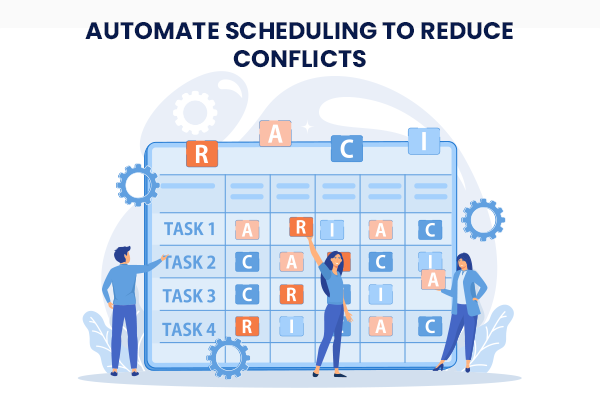
Scheduling employees across multiple sites often leads to conflicts, especially when dealing with varying time zones, shift preferences, and local regulations. Manual scheduling is prone to errors, such as overstaffing or understaffing, which can disrupt operations and affect employee morale.
An automated scheduling tool, integrated with an Online Attendance System, can streamline this process by aligning shifts with employee availability and business needs. Such systems allow managers to create schedules that account for regional holidays, peak operational hours, and individual employee preferences. Automation also enables real-time updates, so last-minute changes are communicated instantly, minimizing disruptions.
Key Features of Automated Scheduling
- Flexible shift planning based on location-specific demands.
- Instant notifications for schedule changes or approvals.
- Integration with payroll to ensure accurate compensation.
Enhance Compliance with Streamlined Processes
Compliance with labor laws and company policies is critical, particularly for businesses operating in multiple regions with varying regulations. Manual tracking of compliance requirements can be overwhelming, increasing the risk of penalties or lawsuits.
A robust Performance Management System can help organizations stay compliant by automating the tracking of work hours, overtime, and leave policies. For example, Timelabs offers tools that ensure adherence to local labor laws by generating detailed audit trails and compliance reports. This allows HR teams to focus on strategic initiatives rather than manual record-keeping.
Steps to Improve Compliance
- Implement automated systems to track hours and leave accurately.
- Use customizable policy settings to align with regional regulations.
- Generate real-time compliance reports for audits and reviews.
Foster Employee Engagement Through Self-Service Tools
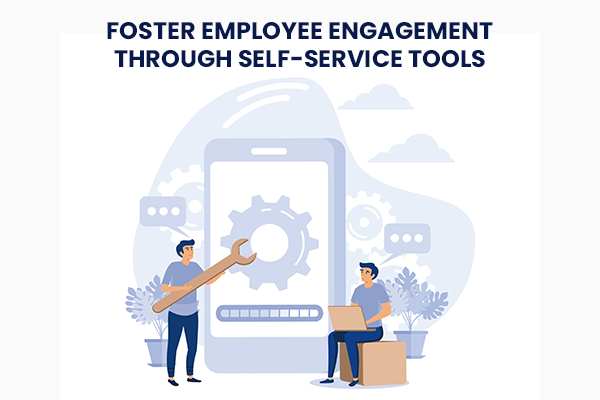
Employee engagement is a cornerstone of workforce productivity, yet managing it across multiple locations can be challenging. Providing employees with tools to manage their own HR tasks fosters a sense of autonomy and reduces the administrative load on HR teams.
An Online Attendance System with an employee self-service portal allows workers to clock in and out, view schedules, and request time off from any device. This transparency empowers employees to take control of their work-related tasks, improving satisfaction and accountability. For instance, a retail chain with stores in multiple cities can use such a system to ensure employees have access to their attendance records, regardless of their location.
Advantages of Self-Service Portals
- Employees can manage leave requests and view pay stubs independently.
- HR teams save time by reducing manual request processing.
- Increased transparency builds trust and engagement.
Optimize Performance Tracking for Better Outcomes
![]()
Tracking employee performance across multiple locations requires a standardized approach to ensure fairness and consistency. Without a unified system, managers may struggle to evaluate performance objectively, leading to disparities in feedback and development opportunities.
A Performance Management System enables organizations to set clear goals, track progress, and provide feedback in a structured manner. By integrating performance data with other HR metrics, such as attendance and training completion, businesses can gain a holistic view of employee contributions. This data-driven approach helps identify top performers and those who may need additional support, regardless of their location.
Best Practices for Performance Tracking
- Set location-specific goals to account for regional differences.
- Use analytics to identify performance trends and gaps.
- Provide regular feedback through automated review cycles.
Invest in Continuous Learning for Workforce Growth
A skilled workforce is essential for staying competitive, but delivering consistent training across multiple locations can be logistically complex. Traditional training methods, such as in-person workshops, are often impractical for dispersed teams.
Learning & Development Solutions offer a scalable way to deliver training tailored to organizational needs. These platforms provide online courses, certifications, and skill assessments that employees can access remotely. For example, a manufacturing company with plants in different regions can use Learning & Development Solutions to train workers on new equipment or safety protocols, ensuring consistency without requiring travel.
Benefits of Digital Learning Platforms
- Flexible access to training materials from any location.
- Customizable content to address specific skill gaps.
- Analytics to track training completion and effectiveness.
Integrate Systems for Operational Efficiency
Disparate HR systems can create inefficiencies, particularly when managing payroll, attendance, and performance across multiple locations. Integrating these functions into a single platform reduces manual data entry and ensures accuracy.
Timelabs provides seamless integration between its Online Attendance System, payroll, and HR modules, creating a cohesive ecosystem. This allows businesses to process payroll based on accurate attendance data, streamline onboarding, and manage benefits without switching between tools. For instance, a hospitality chain can integrate attendance data with payroll to ensure accurate compensation for seasonal staff across various locations.
Integration Must-Haves
- Compatibility with existing HR and payroll systems.
- Real-time data syncing to prevent discrepancies.
- Scalable architecture to support business growth.
Leverage Analytics for Strategic Decision-Making
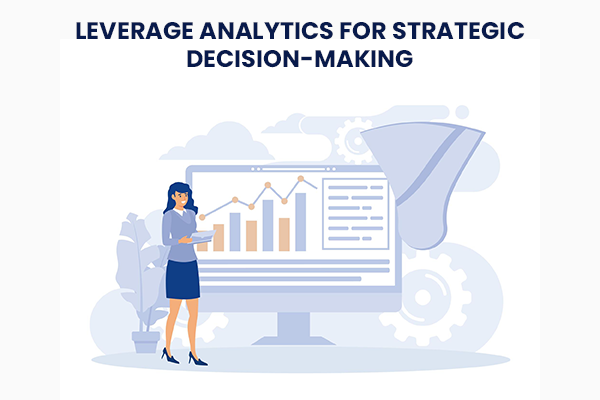
Data analytics is a powerful tool for workforce management, providing insights into labor costs, productivity, and employee engagement. Without a centralized platform, analyzing data from multiple locations can be time-consuming and prone to errors.
HR Analytics with advanced reporting capabilities allows businesses to generate customized reports on workforce metrics. These insights help leaders identify trends, such as high absenteeism in a specific region, and take corrective action. By leveraging analytics, organizations can optimize staffing levels and reduce operational costs.
How to Use Analytics Effectively
- Monitor key metrics like attendance, overtime, and productivity.
- Identify patterns to inform workforce planning.
- Use predictive analytics to forecast staffing needs.
Support Remote and Hybrid Workforces
The rise of remote and hybrid work has added complexity to workforce management, particularly for organizations with multiple locations. Ensuring that remote employees remain productive and engaged requires tools that support flexibility and accountability.
Learning & Development Solutions can enhance remote workforce capabilities by offering virtual training programs that align with organizational goals. These platforms enable employees to upskill from anywhere, ensuring they remain competitive in a rapidly changing job market. For example, a tech company with offices in multiple countries can use such solutions to train developers on new programming languages without requiring in-person sessions.
Tips for Managing Remote Teams
- Use geofencing in attendance systems to verify work locations.
- Provide mobile access to HR tools for flexibility.
- Foster virtual collaboration through regular check-ins.
Must Read: Why Every Modern HR Team Needs HRMS for Data-Driven Success
Address Skill Gaps with Targeted Training
Skill gaps can hinder productivity, especially in industries with rapidly evolving technologies. Conducting a skill gap analysis helps organizations identify areas where employees need development, ensuring they remain competitive.
Learning & Development Solutions enable businesses to create targeted training programs based on skill gap analyses. By offering personalized learning paths, these platforms help employees acquire the skills needed to excel in their roles. For instance, a logistics company can use such solutions to train warehouse staff on new inventory management software, improving efficiency across all locations.
Steps to Address Skill Gaps
- Conduct a skill gap analysis to identify training needs.
- Develop customized training programs for each role.
- Monitor training progress to ensure effectiveness.
FAQs
Q1. How can an online attendance system improve workforce management across multiple locations?
Ans: An Online Attendance System centralizes time tracking, allowing managers to monitor attendance in real time, ensure compliance, and reduce manual errors across all sites.
Q2. What role does a performance management system play in multi-location businesses?
Ans: A Performance Management System standardizes goal-setting and feedback, ensuring consistent performance evaluations and development opportunities across diverse locations.
Q3. How do learning and development solutions benefit a dispersed workforce?
Ans: Learning & Development Solutions provide scalable, remote-access training, enabling employees to upskill consistently, regardless of their location, boosting overall workforce capability.
Q4. Why is system integration important for workforce management?
Ans: Integration between HR tools, such as attendance and payroll systems, reduces manual data entry, ensures accuracy, and streamlines processes for multi-location operations.
Q5. How can analytics improve decision-making in workforce management?
Ans: Analytics provide deep insights into labor costs, attendance trends, and productivity, enabling data-driven decisions to optimize operations.
